Singapore has earned its reputation as a “City in a Garden” through decades of dedicated urban greening efforts. What began as a vision by founding Prime Minister Lee Kuan Yew to distinguish Singapore from other metropolises has blossomed into one of the world’s most impressive collections of public gardens and green spaces. From sprawling botanical showcases to intimate neighborhood parks, Singapore offers garden experiences that blend artistic design, conservation initiatives, and cultural heritage.
Here is a list of 14 spectacular gardens that showcase why this island nation stands at the forefront of urban horticulture.
Gardens by the Bay

This 250-acre waterfront garden complex represents Singapore’s ambition to transform from a “Garden City” to a “City in a Garden.” The park’s most distinctive features are its 18 Supertrees—vertical gardens ranging between 80 and 160 feet tall that collect rainwater, generate solar power, and serve as air venting ducts for nearby conservatories.
The climate-controlled Flower Dome holds the Guinness World Record as the largest glass greenhouse, recreating Mediterranean and semi-arid subtropical environments. Its companion Cloud Forest Conservatory features a 115-foot indoor mountain and waterfall surrounded by vegetation typically found at elevations between 3,300 and 9,800 feet above sea level.
Singapore Botanic Gardens

This 162-year-old tropical garden became Singapore’s first UNESCO World Heritage Site in 2015, recognizing its historical significance in Southeast Asian rubber cultivation and orchid breeding. The 203-acre gardens house over 10,000 plant species, including the National Orchid Garden’s collection of 1,000 orchid species and 2,000 hybrids.
The Rainforest section preserves one of the few remaining patches of primary rainforest on the island with trees over 300 years old. The gardens played a crucial historical role when rubber tree seedlings were first cultivated here before being transported throughout Southeast Asia, transforming the region’s economy.
Like Travel Pug’s content? Follow us on MSN.
HortPark
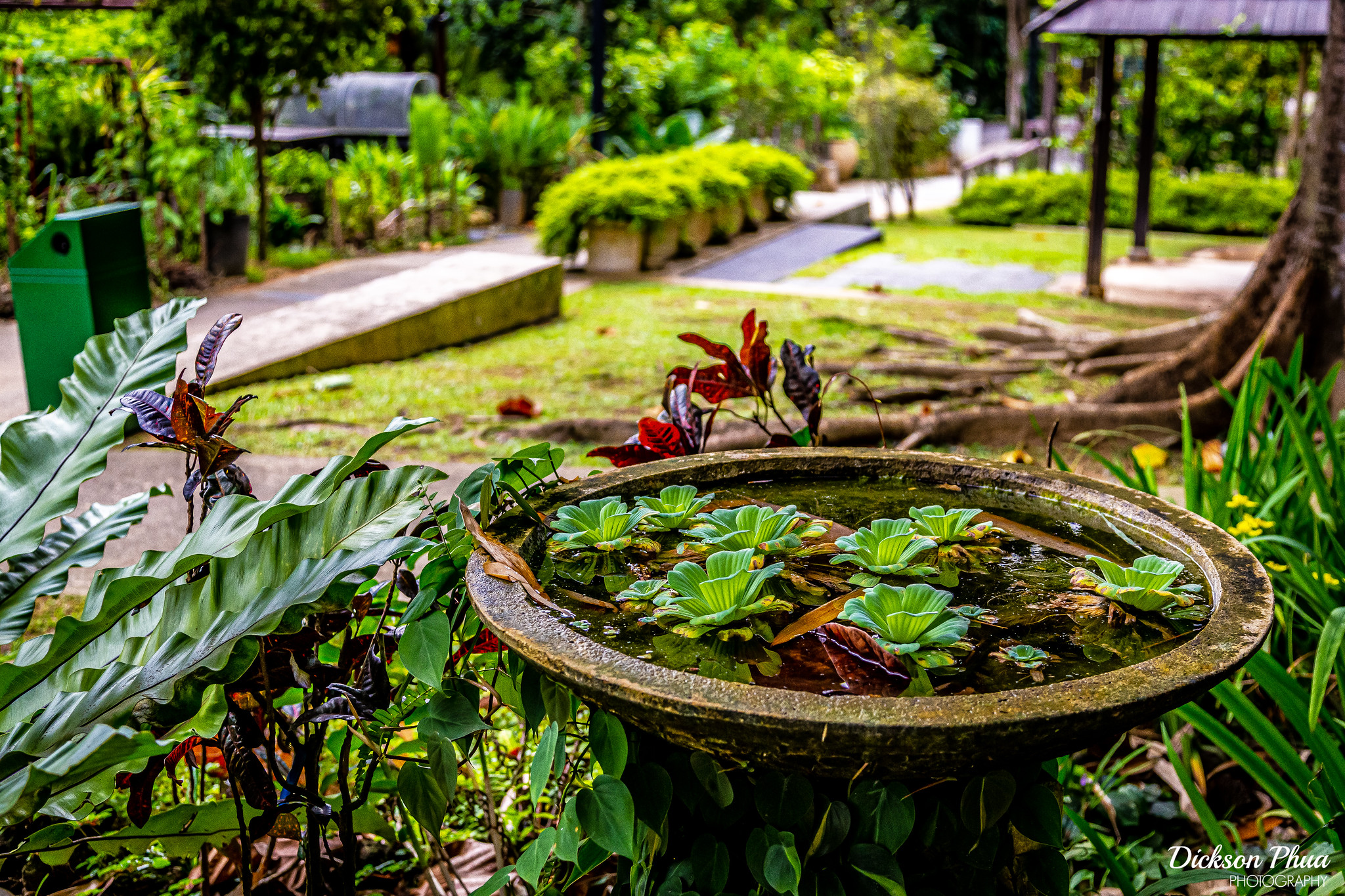
This 23-acre park serves as a gardening hub where visitors can explore nearly two dozen themed gardens showcasing different design approaches and plant communities. The Silver Garden demonstrates how plants with gray-silver foliage create a cohesive visual theme despite varied forms and textures.
The popular Therapeutic Garden incorporates horticultural therapy principles with raised planters, fragrant herbs, and spaces designed to reduce anxiety and improve mental well-being. HortPark connects to the Southern Ridges, a six-mile trail network linking several parks and nature reserves, making it a perfect starting point for longer explorations.
Fort Canning Park
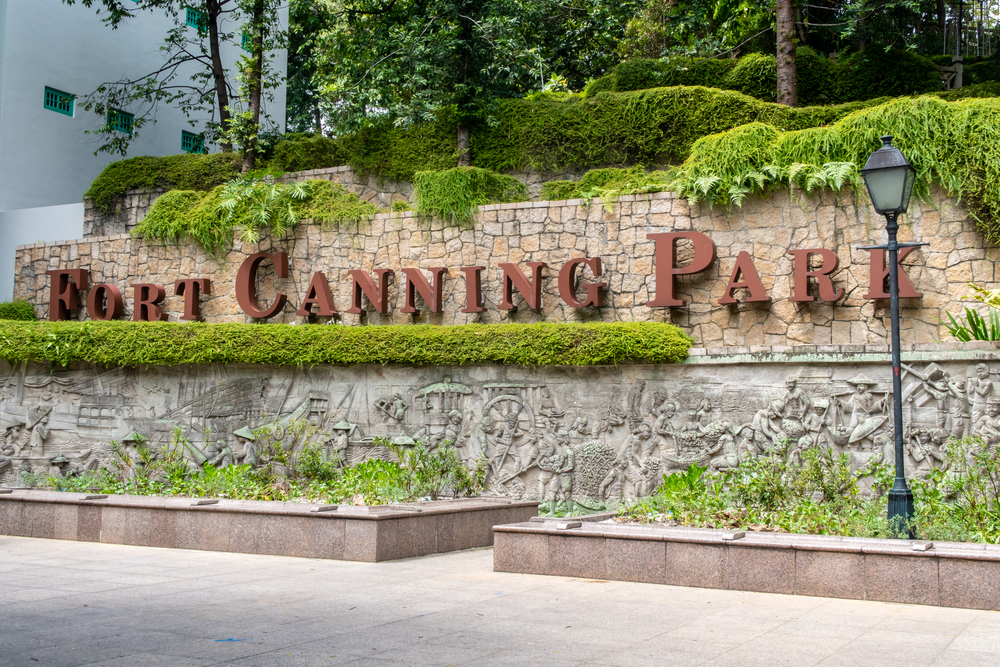
This historic hilltop park combines manicured gardens with significant archaeological sites dating back to Singapore’s 14th-century origins as a Malay settlement. The Spice Garden recreates the island’s first experimental botanical garden, established by Sir Stamford Raffles in 1822, featuring nutmeg, cloves, and other economic crops that initially attracted European colonial powers.
Ancient artifacts uncovered on-site are displayed at the park’s archaeological dig exhibition, revealing centuries of regional trade networks. The park’s nine historical gardens include the Raffles Garden, which features plants documented by Singapore’s founder, and the Jubilee Park, with restored vintage swings and rides inspired by the 1970s carnival formerly held here.
Chinese Garden

Designed by Taiwanese architect Yuen-Chen Yu in 1975, this garden follows the classical northern Chinese imperial style with twin pagodas, stone bridges, and meticulously pruned bonsai collections. The central 13-arch White Rainbow Bridge leads to the Twin Pagodas rising seven stories each, offering panoramic views across Jurong Lake.
The garden’s Bonsai Garden displays nearly 100 specimens including some over a century old, showcasing this living art form’s precise cultivation techniques. During the Mid-Autumn Festival, the garden hosts spectacular lantern displays illuminating the waters and pathways with hundreds of colorful traditional and contemporary lantern sculptures.
Like Travel Pug’s content? Follow us on MSN.
Jurong Lake Gardens

Singapore’s newest national garden spans 217 acres across three distinct sections surrounding Jurong Lake. The Lakeside Garden features the county’s largest nature play area, where children can explore log trails, sand pits, and water play zones designed to foster unstructured connections with nature.
The remarkable Rasau Walk allows visitors to experience the sensation of walking on water via a boardwalk floating just inches above the lake surface, putting them at eye-level with native wetland plants. The garden’s grassland habitat has successfully attracted previously uncommon bird species back to urban Singapore, including the white-browed crake and purple swamphen.
Sungei Buloh Wetland Reserve

This 494-acre coastal wetland north of the island provides crucial habitat for migratory birds traveling along the East Asian-Australasian Flyway. The reserve features interconnected mangrove forests, mudflats, and ponds accessible via raised boardwalks that protect sensitive habitats while allowing close observation of wildlife.
Lucky visitors might spot estuarine crocodiles, smooth-coated otters, and over 140 bird species, including the regularly returning Asian dowitcher and Pacific golden plover. The reserve’s mid-tide mangrove boardwalk reveals remarkable evolutionary adaptations, including pneumatophores—specialized aerial roots that allow mangrove trees to breathe in oxygen-poor mud.
Southeast Asia Aquatic Plants Garden
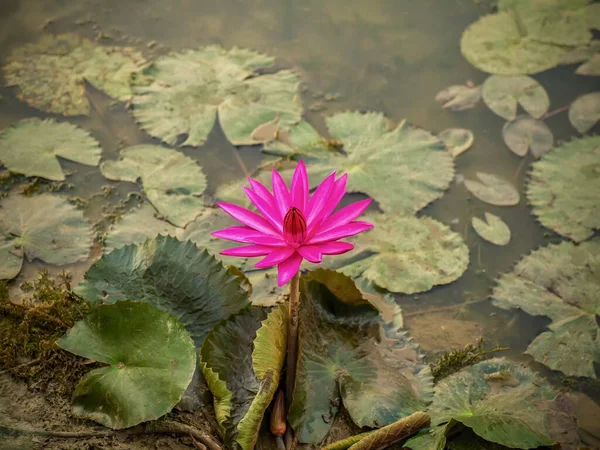
This specialized garden within the Singapore Botanic Gardens showcases aquatic ecosystems from throughout the region, highlighting both their ecological importance and cultural significance. The garden’s centerpiece is a series of connected ponds demonstrating how aquatic plants filter water naturally, improving quality as it flows downstream.
Traditional rice terraces demonstrate cultivation methods practiced for centuries throughout Southeast Asia while showcasing different rice varieties that have fed civilizations across the region. The garden’s ethnobotanical collection features aquatic plants historically used for food, medicine, and crafts, preserving traditional knowledge that connects human communities with aquatic environments.
Like Travel Pug’s content? Follow us on MSN.
Singapore Zoo’s Fragile Forest

This immersive 20,000-square-foot biodome recreates a tropical rainforest environment where visitors walk through multiple levels of vegetation while animals move freely throughout the space. The carefully designed habitat maintains exact temperature and humidity requirements for species ranging from flying foxes to mouse deer.
Over 120 plant species create authentic microhabitats, including buttress root systems, strangler figs, and epiphyte-covered branches that demonstrate the complex relationships between rainforest flora and fauna. The dome’s design incorporates both artificial and natural light falling through strategically placed openings to create authentic dappled light conditions essential for understory plants.
Jacob Ballas Children’s Garden
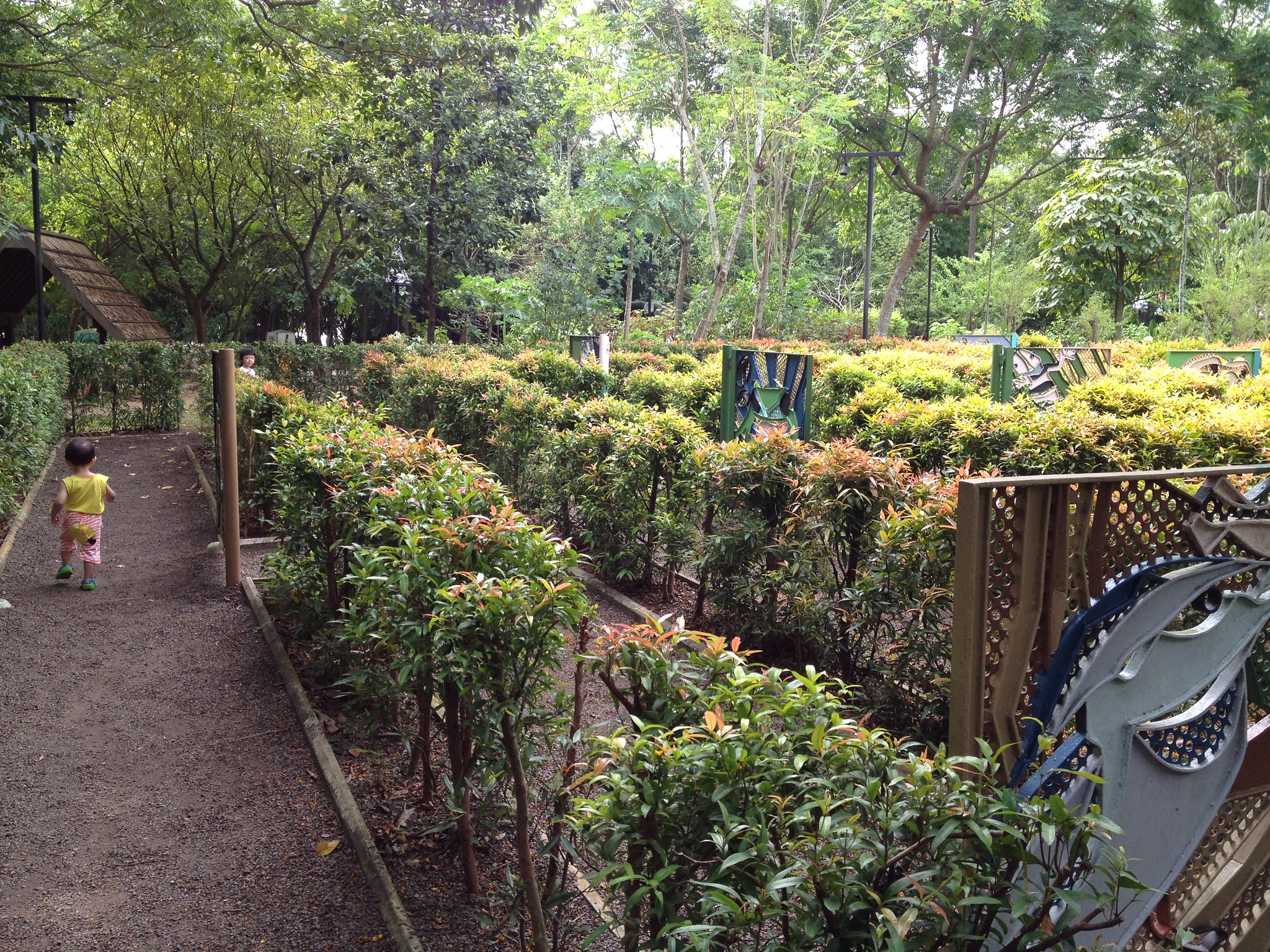
As Asia’s first garden dedicated entirely to children, this 4-acre interactive space aims to instill appreciation for plants through play-based learning experiences. The Garden of Life demonstrates food chains through interconnected themed areas, showing how energy flows from the sun through producers to consumers.
A water play area demonstrates concepts like rainwater collection, groundwater movement, and watershed dynamics through interactive pumps and channels children can manipulate. The garden’s treehouse classroom provides an elevated perspective of the forest canopy while hosting regular educational programs about pollination, seed dispersal, and plant adaptations.
Butterfly Garden at Changi Airport

Terminal 3’s two-story butterfly habitat offers travelers an unexpected garden experience featuring more than 1,000 tropical butterflies representing up to 50 species. The 10,760-square-foot garden recreates a naturalistic environment with flowering plants selected specifically to provide nectar for adult butterflies and host plants where caterpillars feed and develop.
A six-meter waterfall creates the high humidity these insects require while adding a calming soundtrack that helps reduce traveler stress. Educational displays explain butterfly life cycles while emergence enclosures allow visitors to occasionally witness a butterfly emerging from its chrysalis—a magical airport moment unlike any other.
Like Travel Pug’s content? Follow us on MSN.
Marina Bay Sands SkyPark

This engineering marvel stretches 1,120 feet across the tops of three hotel towers, creating a 2.5-acre elevated garden 57 stories above the ground. The garden contains nearly 250 species of trees and plants carefully selected to withstand wind exposure at that height, with root systems restricted to just three feet of soil depth.
A 490-foot infinity pool creates the illusion that swimmers might float right off the building’s edge, though a catch basin invisibly prevents this possibility. The observation deck offers 360-degree views across Singapore while botanically representing various global landscapes through drought-tolerant plant selections from similar climates worldwide.
Sun Yat Sen Nanyang Memorial Hall Garden
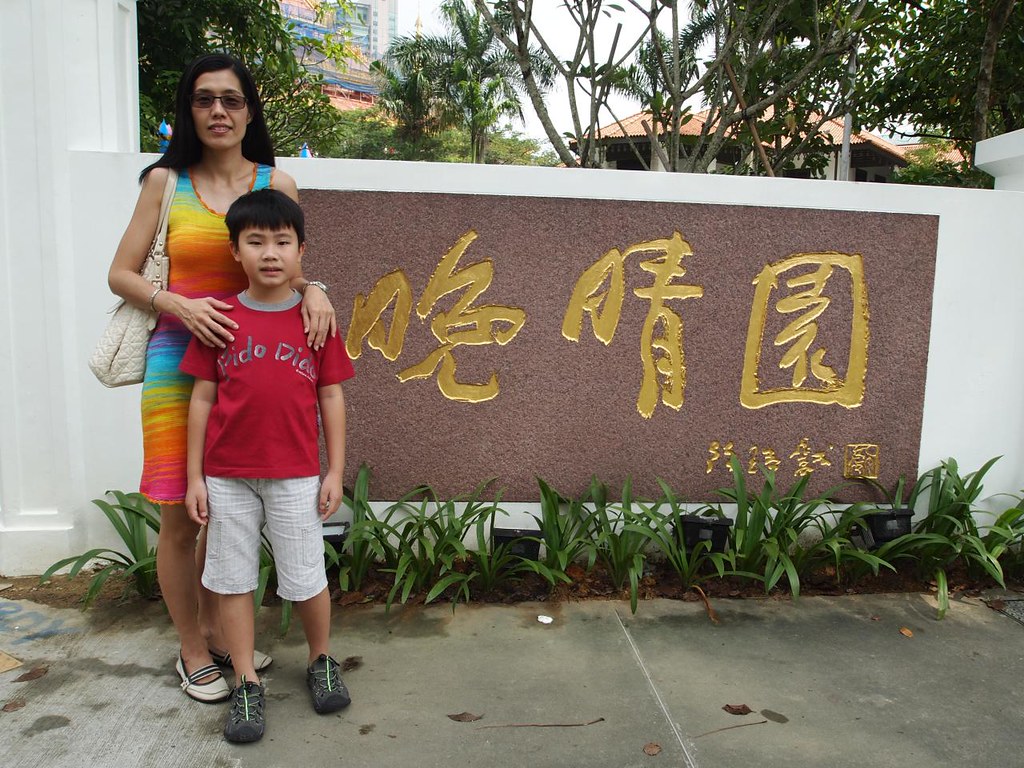
This heritage garden surrounds a colonial-era villa once used by Chinese revolutionary leader Dr. Sun Yat Sen as a base for his overseas revolutionary activities. The garden recreates early 20th-century Nanyang (South Seas) Chinese garden style with distinctive influences from both Chinese traditions and tropical adaptations.
Five Bonsai plazas showcase this Chinese art form through specimens representing regional styles from different Chinese provinces. The garden’s plant selections focus on species with historical connections to traditional Chinese medicine, including specimens documented in Li Shizhen’s monumental 16th-century pharmacopeia “Compendium of Materia Medica.”
Bay East Garden
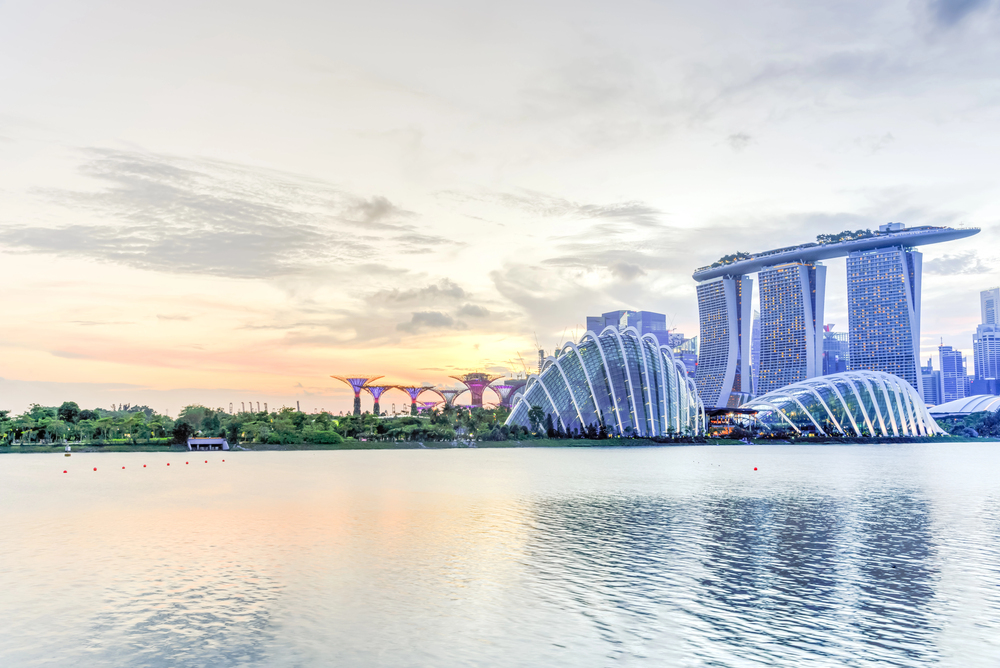
This 32-acre waterfront garden offers Singapore’s most spectacular unobstructed view of the downtown skyline across Marina Bay. The garden’s design features a series of tropical leaf-shaped lawns cascading toward the waterfront promenade, creating natural amphitheaters for picnics and outdoor gatherings.
The two-kilometer waterfront promenade incorporates rest pavilions inspired by palm fronds, providing shade while maintaining the garden’s botanical theme. As part of Singapore’s Park Connector Network, the garden serves as a crucial link for pedestrians and cyclists traversing the island via dedicated green corridors.
Like Travel Pug’s content? Follow us on MSN.
Cultivating Green Legacy

Singapore’s garden spaces represent far more than aesthetic amenities—they embody the nation’s commitment to sustainable urban development and biodiversity conservation in one of the world’s most densely populated countries. These gardens balance multiple functions: preserving natural heritage, providing recreational opportunities, educating visitors, and maintaining ecological services like cooling ambient temperatures and managing stormwater.
Through thoughtful design that considers both human and environmental needs, Singapore demonstrates how cities worldwide can integrate nature meaningfully into urban landscapes. The island continues expanding its green vision, ensuring future generations inherit an even more verdant city.
More from Travel Pug

- Cities Growing so Fast You Won’t Recognize Them in 10 Years
- 13 Destinations Where Tourists Regularly Regret Their Trip
- 16 U.S. Cities That Are Quietly Becoming Travel Hotspots
- Where to Travel If You Love Long Bus Rides and Daydreams
- 20 Cities Perfect for Solo Travelers Who Crave Adventure & Culture
Like Travel Pug’s content? Follow us on MSN.
